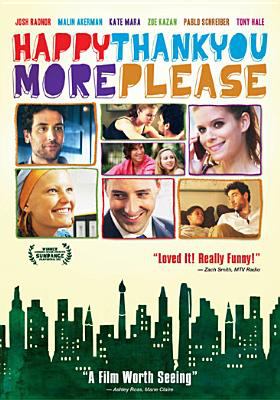Do you open a book to the notes and bibliography and marvel at the 150+ pages of thorough research? Will this assure you that this massive compendium holds all wonderful magic you crave? 18th century Prussian battles? 15th century pre-Columbian Americas? Yes please! How about we add a novel with its own short, but concise, bibliography that entices the reader with a fictionalized recreation of a story shrouded in myth but rooted in fact? Sign me up!
The Revenant
by Michael Punke

Michael Mann’s The Last of the Mohicans changed my life. I was seven and it was revelatory; a work of fiction with an historical backdrop. That being said, when I saw trailers for Alexandro Iñárritu’s The Revenant I was all in. Based on a true story? Oh yeah! But, wait, there’s a book! How did I get so lucky? Michael Punke delivers a page-turning tale of revenge and survival in a brutal frontier landscape. Set in 1823, Punke recounts a fictionalized version of the tale of Hugh Glass, a very real fur-trapper who was left for dead after a grizzly attack in the wilderness. Because Michael Punke researched his subject masterfully, the reader easily finds themselves absorbed in an authentic feeling epic, complete with Hugh Glass’ surprising back story of piracy and his life among the Pawnee Native Americans. Have you already seen the movie? Don’t worry, this book has a few surprises for you. Besides being available in print, HPL resident card holders can also borrow it as an ebook from eLibraryNJ or as an ebook from eBCCLS.
Frederick the Great: King of Prussia
by Tim Blanning

Do you love court intrigue? Do you love 18th-century European battles? How exactly does a middling kingdom in central Europe rise to first-rate power in the course of one man’s 46 year reign? Tim Blanning delivers the authoritative English-language compendium of Frederick the Great in a biography that elucidates the enigmatic King of Prussia through meticulous research that includes a vast array of personal letters. Complete with detailed maps of battle-lines and marvelous illustrated depictions of the illustrious King’s statues, palaces, and portraits. Wonderfully accessible, the author instructs readers while keeping them enticed in this top-down analysis of Frederick the Great. You can borrow it in print from HPL or as an ebook from eBCCLS.
1491: New Revelations of the Americas Before Columbus
by Charles C. Mann

While Charles C. Mann promises a lot with this title, he certainly delivered with precision an invigorating and revelatory history of the people of the pre-Columbus Americas. Mann’s 1491: New Revelations of the Americas Before Columbus provided me with a re-education in a subject that most people, myself included, have a tenuous grasp of. Mann expertly uses archaeology, science, and great writing to compel the reader to question everything they thought they knew about Native American history in the tens of thousands of years before Europeans “discovered” the Americas. One of my favorite discoveries was finding out that Charles C. Mann wrote a second book, 1493, that I will be suggesting in the future. You can borrow 1491 in print from HPL or as an ebook from eBCCLS.
Written By:
Adam Cricco
Library Assistant
